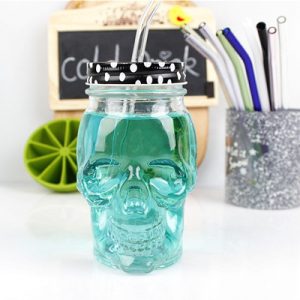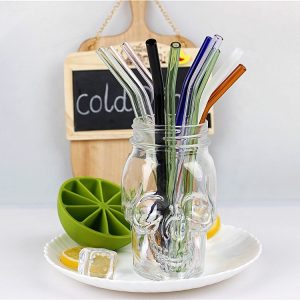In the wine brewing process, there are many factors that affect product quality, such as raw material quality, technology, winemaking technology, etc. In addition, bottle defects (bottle date, bottle body and bottle bottom) and dirt are also key elements that affect wine quality. Therefore, the empty glass bottles must be inspected before the wine is filled, and the unqualified products must be eliminated before the wine can be filled. At present, most wineries in my country still use manual inspection of the quality of empty glass bottles, which is inefficient, slow and labor intensive. Machine vision is very suitable for measurement, inspection and identification in the mass production process. The application of linear CCD in continuous and scanning online measurement is very advantageous. Using machine vision inspection methods can greatly improve the degree of automation of production, and machine vision is easy to achieve information integration, which can greatly improve product quality and increase production efficiency.
Therefore, in view of the highly repetitive work of glass bottle inspection, the application of machine vision theory to develop a glass bottle inspection device to realize the automatic inspection of empty bottles is of great significance in practice. 1. Introduction to machine vision Machine vision is the use of machines instead of human eyes to make measurements and judgments. The machine vision system refers to the conversion of the captured target into an image signal through a machine vision product (ie, image capture device, divided into CMOS and CCD), which is sent to a dedicated image processing system, and the conversion is based on pixel distribution and information such as brightness and color. Digital signals; the image system performs various operations on these signals to extract the characteristics of the target, and then controls the actions of the equipment on the spot according to the results of the discrimination.




























